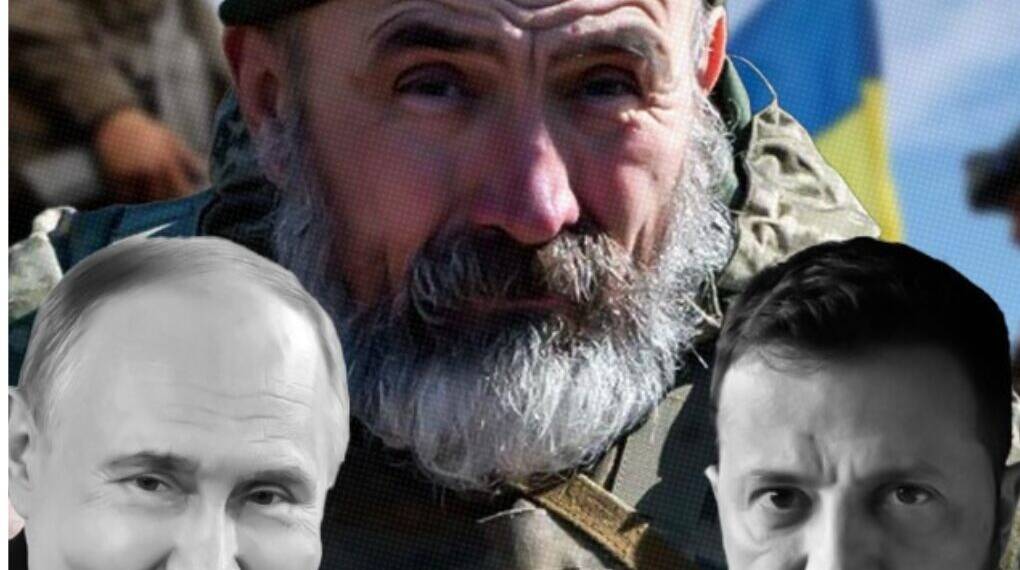As the conflict in Ukraine stretches into its fourth year, the country is facing a pressing challenge: finding enough people to keep its armed forces strong. In an unexpected but practical move, Ukraine has now made it possible for citizens aged 60 and older to volunteer for military service.
On July 29, President Volodymyr Zelensky signed a law that allows seniors to enlist for one-year contracts, provided they pass medical exams and get approval from their commanders. This law mainly targets non-combat roles where their skills and experience can make an important difference—think technical, logistical, or support positions rather than front-line fighting.
Ukraine’s Manpower Crisis
The newly enacted law permits Ukrainian seniors to sign one-year contracts for military service, provided they pass a medical examination and receive approval from military commanders. While the law does not set an upper age limit, contracts will only be valid throughout the martial law period and cease upon its end. Importantly, recruits in this age group will primarily serve in non-combat and specialized support roles, ensuring that the military can utilize their experience and skills without overexposing potentially vulnerable personnel to frontline combat.
A two-month probation period has been instituted for all new recruits, allowing the military to assess fitness and suitability, with the option to terminate contracts early if necessary. Officer candidates among these seniors must also be vetted by the General Staff or relevant military authorities, underscoring the importance of proper integration and command standards.
Ukraine’s decision to mobilize senior citizens comes amid acute personnel shortages exacerbated by Russia’s sustained offensive, particularly in strategically critical areas such as Donetsk Oblast. Earlier measures to widen the recruitment base included lowering the draft age from 27 to 25 in April 2024 and introducing one-year contracts with financial incentives for younger volunteers aged 18 to 24.
However, these efforts have fallen short of meeting the demand for technical, logistical, and support staff, many of which require experienced and skilled personnel. The engagement of older volunteers aims to fill these critical gaps, drawing on the untapped potential of this demographic, many of whom possess valuable expertise relevant to non-combat military functions.
Senior Citizens on War Front
The decision to enable citizens over 60 to serve reflects both pragmatic necessity and a strong sense of national solidarity. Official statements highlight the substantial interest expressed by senior Ukrainians eager to contribute to the defense of their homeland, demonstrating the depth of public commitment to Ukraine’s sovereignty and territorial integrity.
This policy also signals Ukraine’s flexibility in adapting to prolonged conflict conditions, where traditional recruitment pools are strained and innovative approaches become essential. By formally incorporating senior volunteers in support roles, Ukraine hopes to strengthen its military infrastructure without compromising operational effectiveness on active battlefronts.
While senior enlistment offers the advantage of supplementing manpower, it carries inherent challenges. Physical demands and health vulnerabilities in this age group necessitate strict medical evaluations and role assignments that suit their capabilities. The probationary approach provides a mechanism to mitigate potential risks by ensuring only those fully fit continue service.
Moreover, the inclusion of older citizens underscores the broader societal mobilization required in total defense scenarios, where the lines between military and civilian contributions blur, and every willing individual becomes a valuable asset.
Ukraine’s bold policy to recruit citizens over 60 years old marks an important adaptation to the ongoing challenges of a drawn-out war that stretches human and material resources thin. It represents a pragmatic blend of leveraging experience, addressing manpower shortages, and galvanizing national unity in the face of persistent external aggression. As the conflict endures, such measures highlight how Ukraine’s military strategy continues to evolve in response to both internal pressures and the shifting realities of modern warfare.








